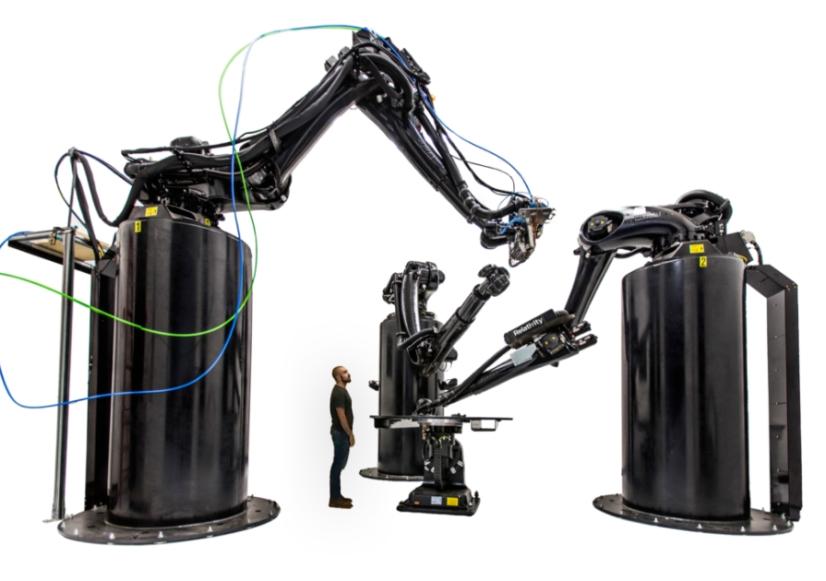3D printer trajectory planning can be used to improve the speed of the printing process. The printing speed mainly depends on the motion speed and path of the printing nozzle. Users can use triangular, trapezoidal or any other velocity profiles to minimize the transition time between print segments. In this work, several algorithms can be proposed as solutions for conventional methods and can be modified to adapt to the new problem and experimentations. The proposed modifications can be designed to obtain time-efficient trajectories for the printing nozzle.
CUSTOMISED PATH PLANNING
CUSTOMISED PATH PLANNING
Certain considerations can be made so solve the path planning problem. A problem of connecting existing edges, instead of nodes. It does not require a path to return to the start node (origin). Its objective is to minimize the total traversal time, instead of path length. It can be further specified in terms time durations using the motion control model by modifying several algorithms for the 3D printer path planning problem. 3D printing speed can be improved by optimizing the motion path of the nozzle and selecting effective velocity profiles for each segment of the path. A motion path usually consists of print segments and transition path segments. This work utilizes a motion control model which can ensure uniform material deposition on print segments and short transition time on the rest of the path. Algorithms can be modified to find fast trajectories for the nozzle. Further experiments which cannot be done using traditional 3D printers can be carried out to verify the applicability of the various proposed trajectory planning techniques. Users can consider trajectory planning over traditional single layer of a 3D object. Therefore, research can focus on optimizing trajectory of the nozzle across multiple layers, while assigning various new properties of weight reduction, increased strength, variable flexibility, topology optimization and various others .
79





























